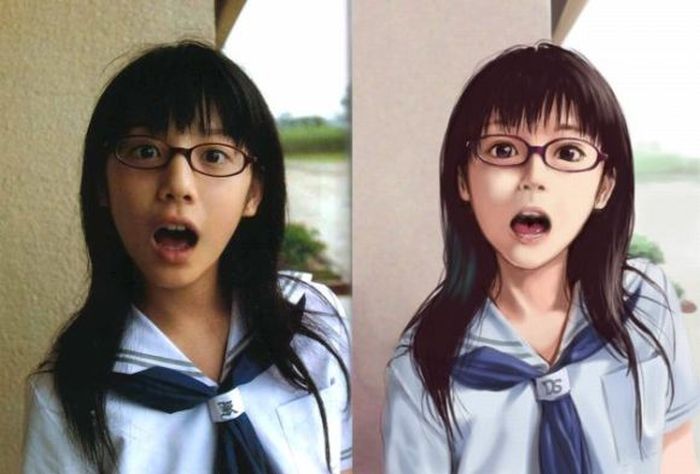|
|
Real Life And Anime Girl
|
Distribution
While anime had entered markets beyond Japan in the 1960s, it grew as a major cultural export during its market expansion during the 1980s and 1990s. The anime market for the United States alone is "worth approximately $4.35 billion, according to the Japan External Trade Organization". Anime has also had commercial success in Asia, Europe and Latin America, where anime has become more mainstream than in the United States. For example, the Saint Seiya video game was released in Europe due to the popularity of the show even years after the series has been off-air.
Anime distribution companies handled the licensing and distribution of anime outside Japan. Licensed anime is modified by distributors through dubbing into the language of the country and adding language subtitles to the Japanese language track. Using a similar global distribution pattern as Hollywood, the world is divided into five regions.
Some editing of cultural references may occur to better follow the references of the non-Japanese culture. Certain companies may remove any objectionable content, complying with domestic law. This editing process was far more prevalent in the past (e.g. Voltron), but its use has declined because of the demand for anime in its original form. This "light touch" approach to localization has favored viewers formerly unfamiliar with anime. Robotech and Star Blazers were the earliest attempts to present anime (albeit still modified) to North American television audiences without harsh censoring for violence and mature themes.
|
|









